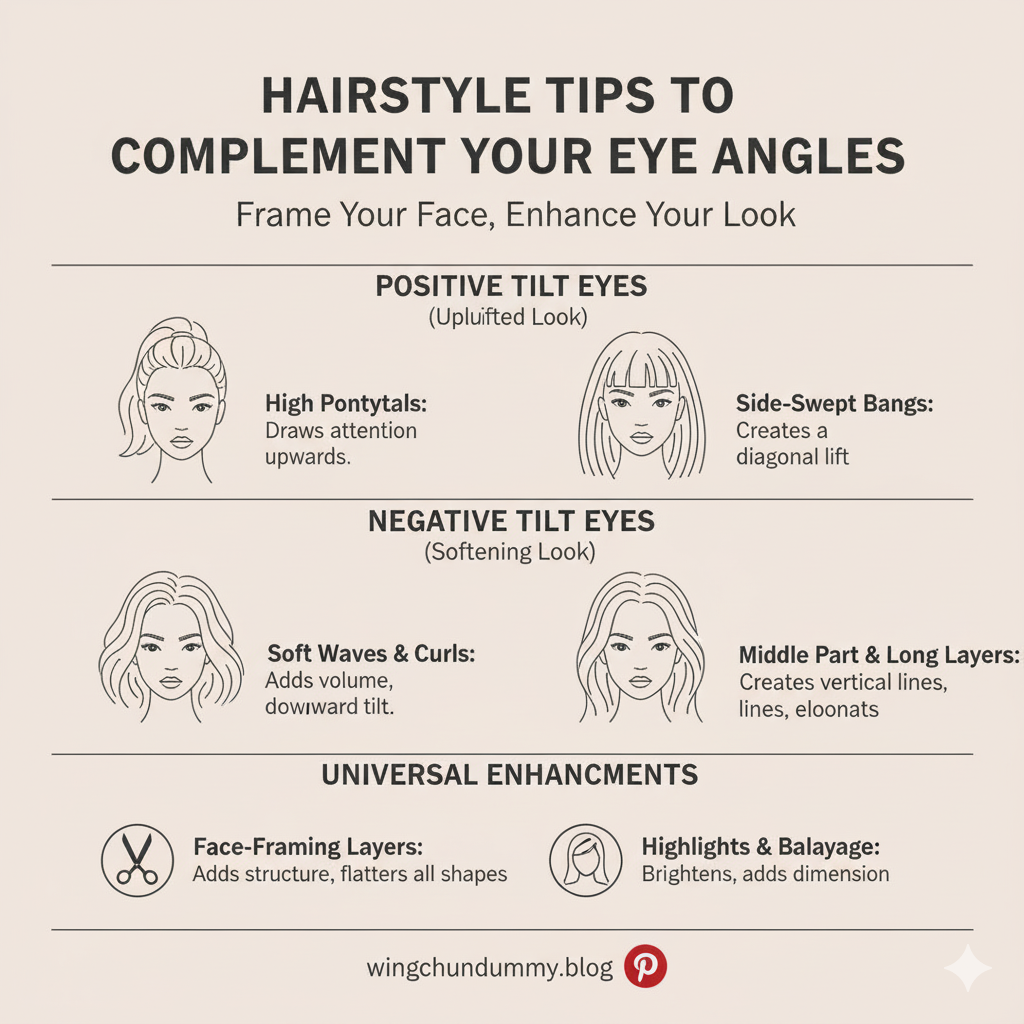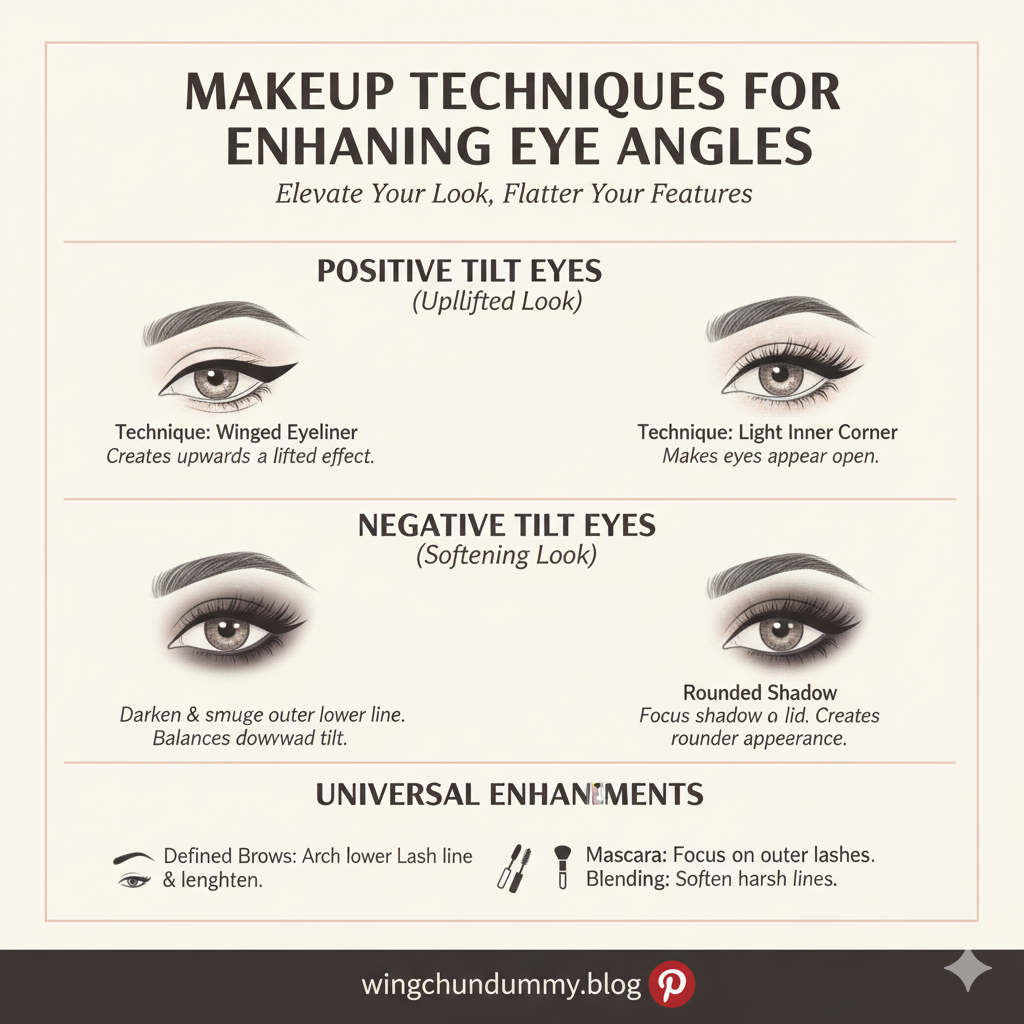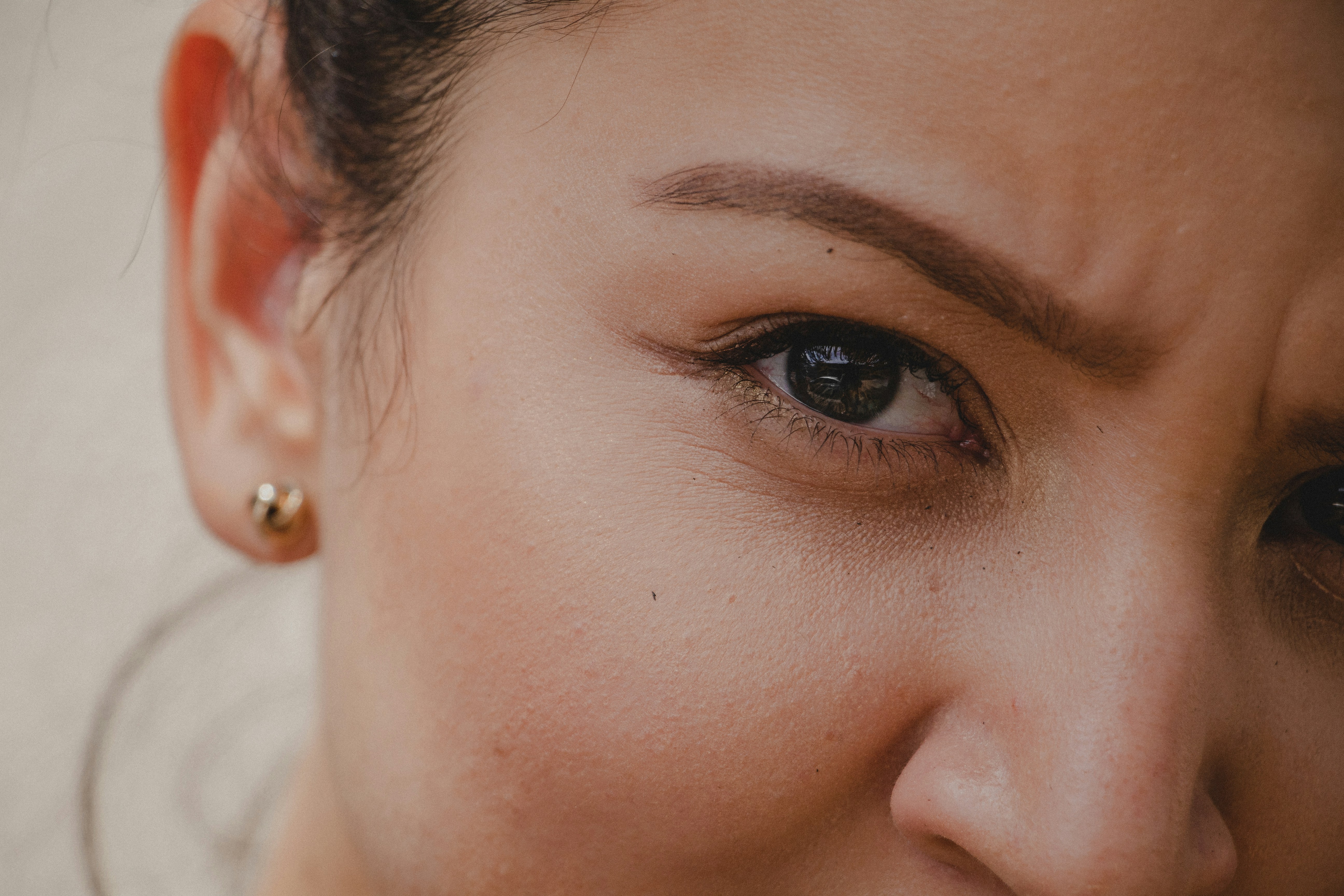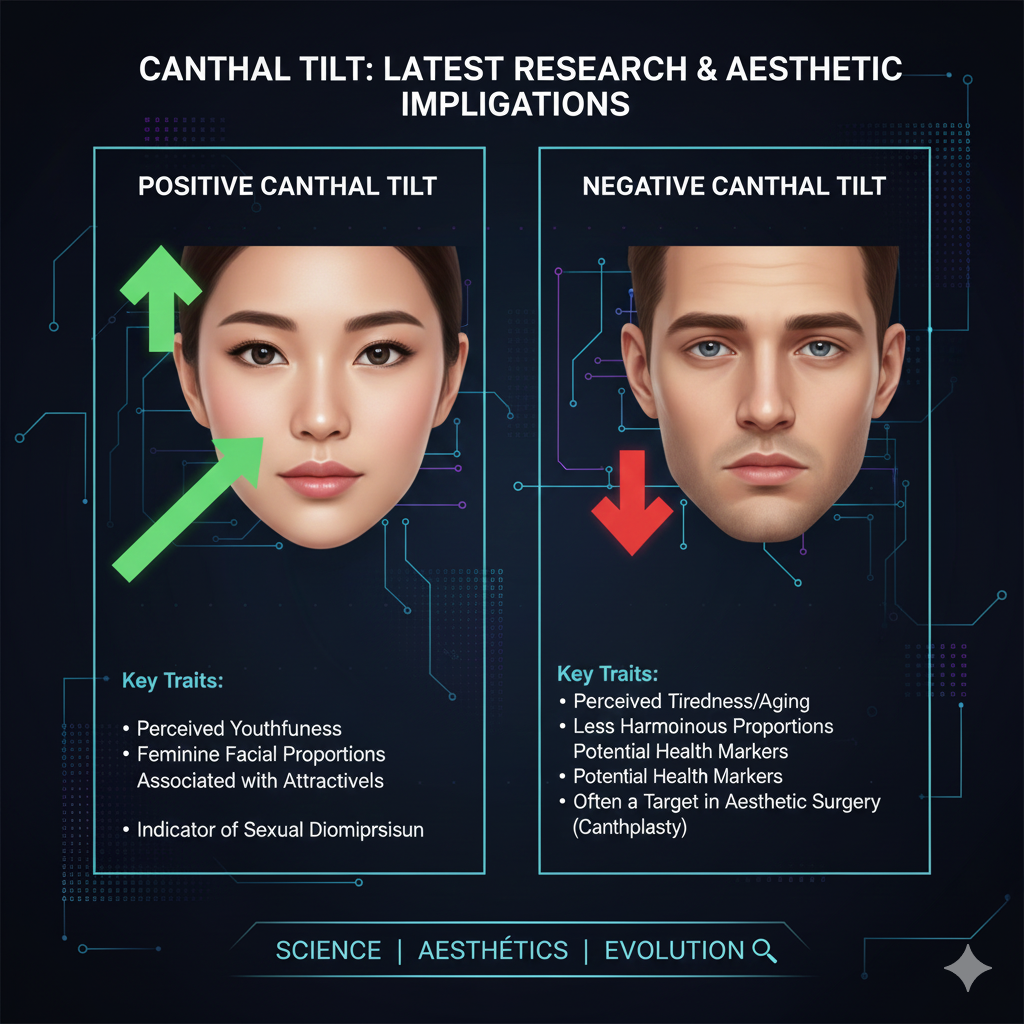Eye angles play a crucial role in the realm of facial analysis, particularly in modeling, where perceptions of beauty and expression are significantly influenced by the positioning of the eyes.
The various types of eye angles, including downturned, upturned, and almond-shaped, contribute to the unique characteristics of an individual’s face.
Each type of eye angle can convey different emotions and personalities, making them essential for both aesthetic appeal and expressive communication.
Downturned eyes, for instance, might evoke a sense of softness or vulnerability, while upturned eyes can create an impression of youthfulness and energy.
Almond-shaped eyes often suggest an exotic allure, enhancing the overall symmetry that is often sought after in the modeling industry.
This diversity in eye angles highlights the importance of understanding how they affect visual perception and contribute to the overall harmony of facial features.
Additionally, eye angles are closely related to facial symmetry, which is a key factor in determining attractiveness.
Research suggests that symmetrical faces are generally perceived as more beautiful, and the positioning of the eyes can significantly influence this perception.
Models with well-proportioned eye angles can balance their features, thus enhancing their marketability and appeal in photoshoots or runway shows.
In summary, recognizing the different types of eye angles and their implications is fundamental for models and aspiring professionals in the field of facial analysis.
By understanding the relationship between eye angles and perceptions of beauty, expression, and symmetry, individuals can better appreciate the nuances of facial aesthetics, fostering improved techniques in modeling and representation in the industry.

Videos are added as random thoughts 💭 💭 💭 💭.
Methods to Determine Your Eye Angle
Understanding your eye angle is crucial for individuals, particularly models, as it influences facial symmetry and overall aesthetics.
There are several practical techniques that can be employed to evaluate your eye angles effectively.
One simple method involves using a ruler or measuring tape to assess the width of your eyes.
To start, stand in front of a mirror and position the ruler horizontally across your eyes.
Measure the distance between the inner corners, tracking any noticeable angles compared to standard guidelines.
Another effective approach is to utilize smartphone apps designed for facial analysis.
Many of these applications incorporate advanced algorithms to analyze eye angles and provide insights.
By capturing a clear image of your face, these apps can offer measurements that might be difficult to ascertain on your own.
Ensure that lighting is optimal when taking the photo; natural light is preferred, as it will yield more accurate results.
When observing in the mirror, pay attention to various traits that contribute to eye angle assessment.
Note the position of your eyelids, the slant of your eyes, and their relationship to your brow line.
Additionally, evaluate how your eye angle appears from different perspectives.
It is helpful to assess your eye angles in various lighting conditions as shadows can alter perceptions significantly.
To further enhance your appraisal, engage in a practical exercise: stand before a mirror and lightly mark the reference points around your eyes with a non-permanent pen.
Experiment with angled views by tilting your head slightly to the left or right, noting how these changes affect your eye appearance.
This exercise will aid in developing a comprehensive understanding of your unique eye angles, ultimately contributing to improved self-awareness and presentation in modeling scenarios.

Analyzing Facial Features Like a Model
For aspiring models, a comprehensive understanding of facial features is essential to navigate the modeling industry effectively.
While eye angles play a significant role in establishing strong visual appeal,
it is equally important to evaluate other facial characteristics, such as cheekbones, jawline, and forehead proportions.
Each of these elements contributes to an individual’s overall aesthetic and can influence modeling opportunities.
Cheekbones are often regarded as one of the most desirable facial features in the modeling world.
High and defined cheekbones can add a striking quality to the face, enhancing a model’s marketability.
Aspiring models should assess their cheekbone prominence and consider how it complements other features.
The shape and fullness of the cheeks can also impact how light reflects on the face, forming shadows that contribute to the overall look during photoshoots.
The jawline is another crucial facet to consider.
A well-defined jawline can convey strength and elegance, characteristics desirable in fashion and commercial modeling.
Models should take note of the shape and sharpness of their jawline and evaluate whether it aligns with popular beauty standards.
In some cases, aspiring models may wish to enhance their jawline through makeup techniques or even consider the impact of hairstyles that can accentuate this feature.
Lastly, forehead proportions contribute to the visual balance of the face.
An optimal forehead size can create symmetry, which is often deemed aesthetically pleasing.
Understanding the relationship between the forehead and other facial features can aid in self-acceptance and confidence.
Models should familiarize themselves with the principles of the Golden Ratio,
which suggests that the ideal facial proportions are mathematically harmonious.
This knowledge can empower models to recognize their unique facial structure and leverage it effectively in their careers.
By assessing these attributes in conjunction with eye angles, aspiring models can hone their craft and stand out in a competitive industry.
Tips for Enhancing Your Eye Angle and Facial Appeal
Enhancing your eye angle and overall facial appeal can significantly impact your modeling career.
A few strategic makeup techniques can work wonders in altering the perception of your eye angle.
For instance, using eyeliner to create a winged effect can lift the appearance of the eyes, making them seem more almond-shaped.
Similarly, strategically placed highlighters on the inner corners of the eyes can open up the gaze, making the eyes appear larger and more inviting.
Experimenting with various eye shadow shades that complement your natural skin tone can also add depth and dimension, further enhancing your overall look.
In addition to makeup, hairstyle choices can play a vital role in framing the face and accentuating eye angles.
Opting for soft waves or voluminous curls can soften angular features, while sleek ponytails or top knots often emphasize cheekbones and the eye area.
Furthermore, the placement of your hair can draw attention to your eyes; consider side-swept bangs that can naturally highlight your eye angle.
Posture is another critical element in how you present your facial features.
Standing tall with shoulders back not only instills confidence but also positions your face in a flattering light.
When posing for headshots or during photoshoots, tilting your head slightly can highlight your eyes and improve the perception of your facial structure.
Building confidence in your features is crucial.
Practicing in front of the mirror can help you identify your best angles and expressions.
Take the time to familiarize yourself with your unique facial characteristics; this self-awareness will empower you during casting calls and professional shoots.
Embracing your individuality will not only enhance your modeling portfolio but also create a stronger connection with your audience.




